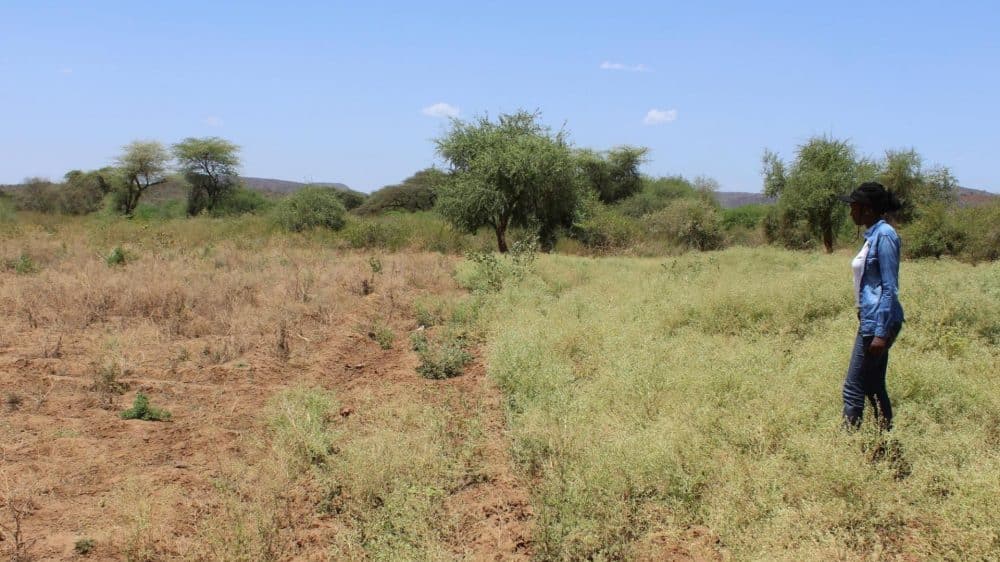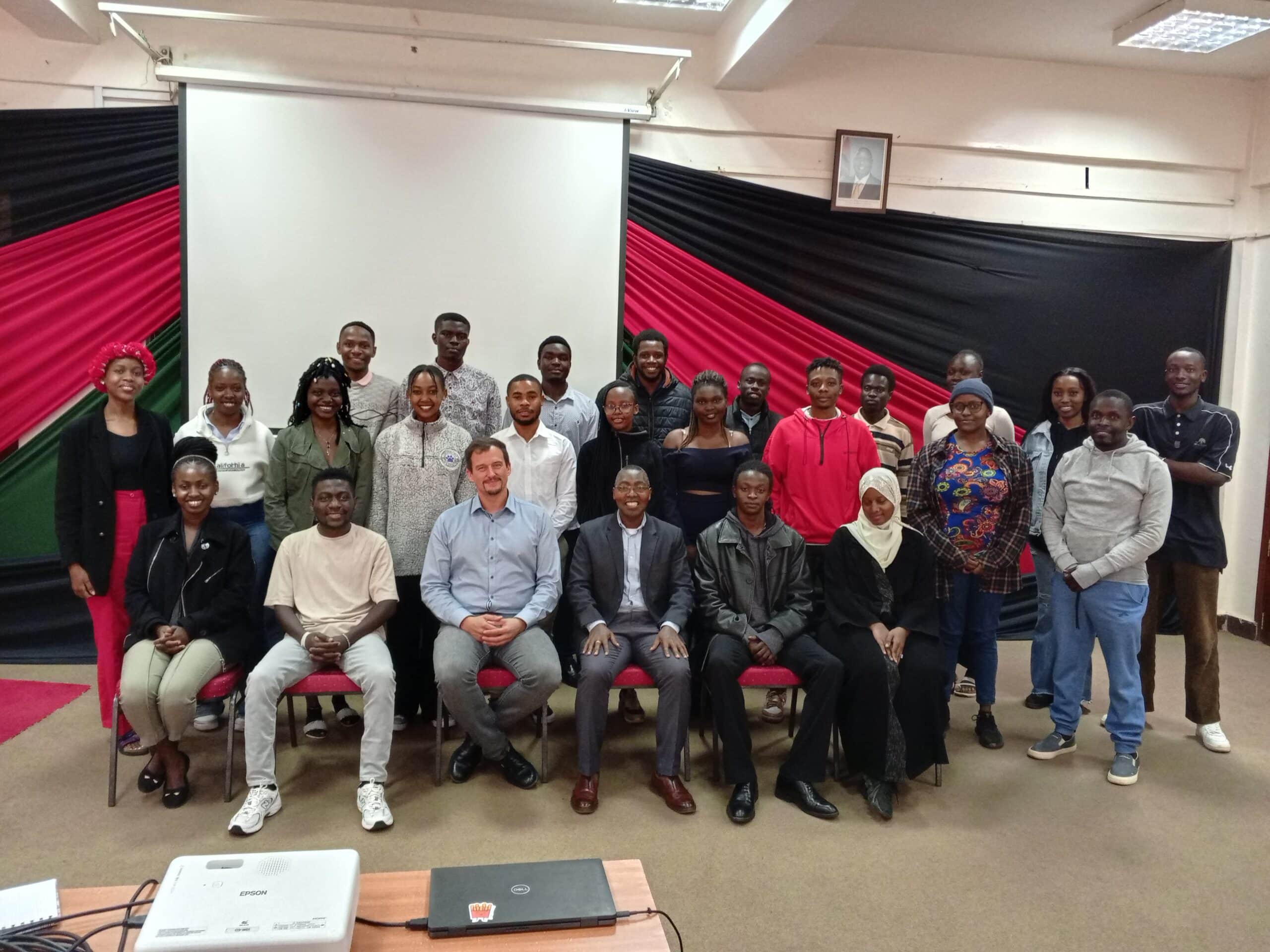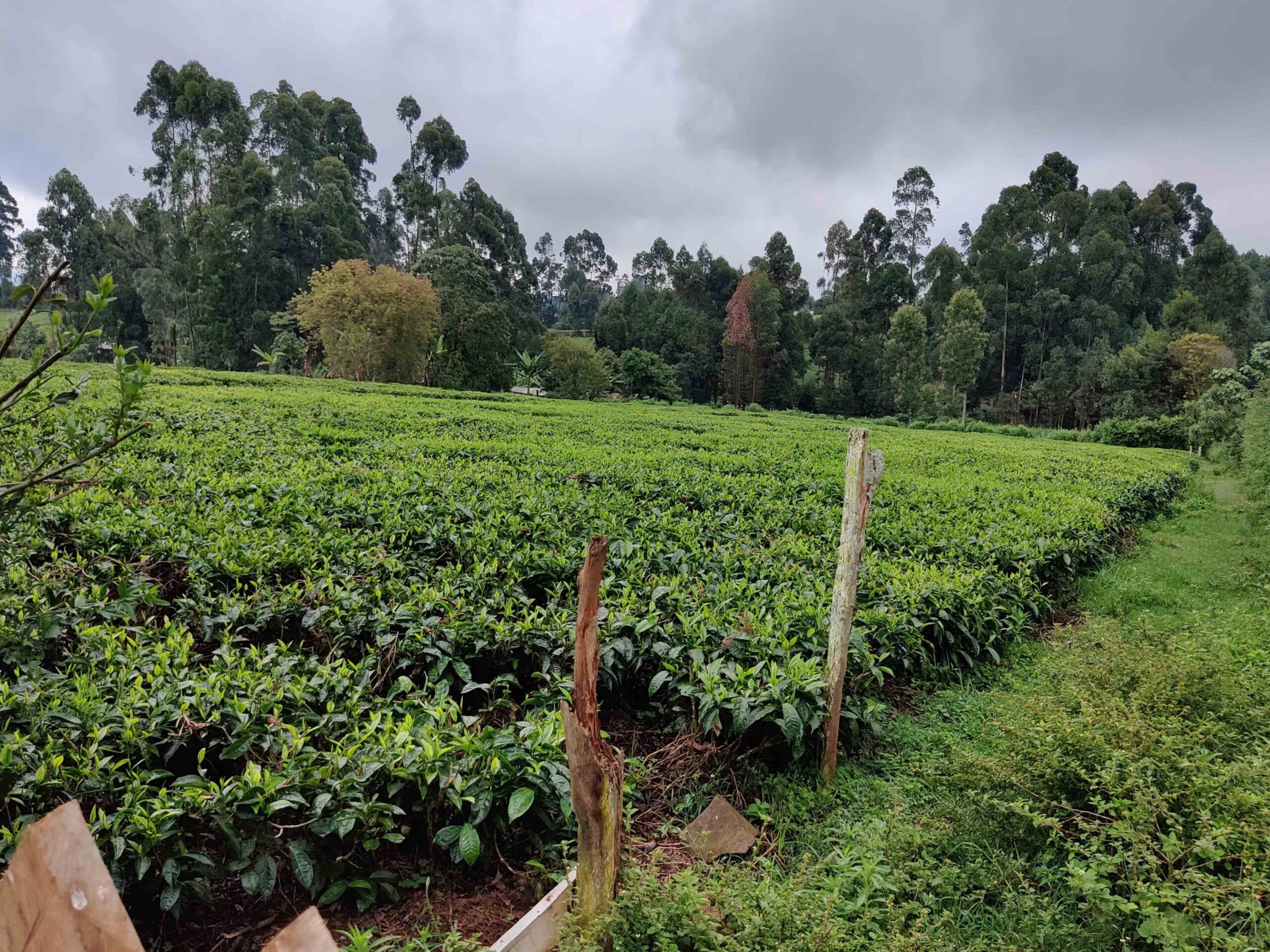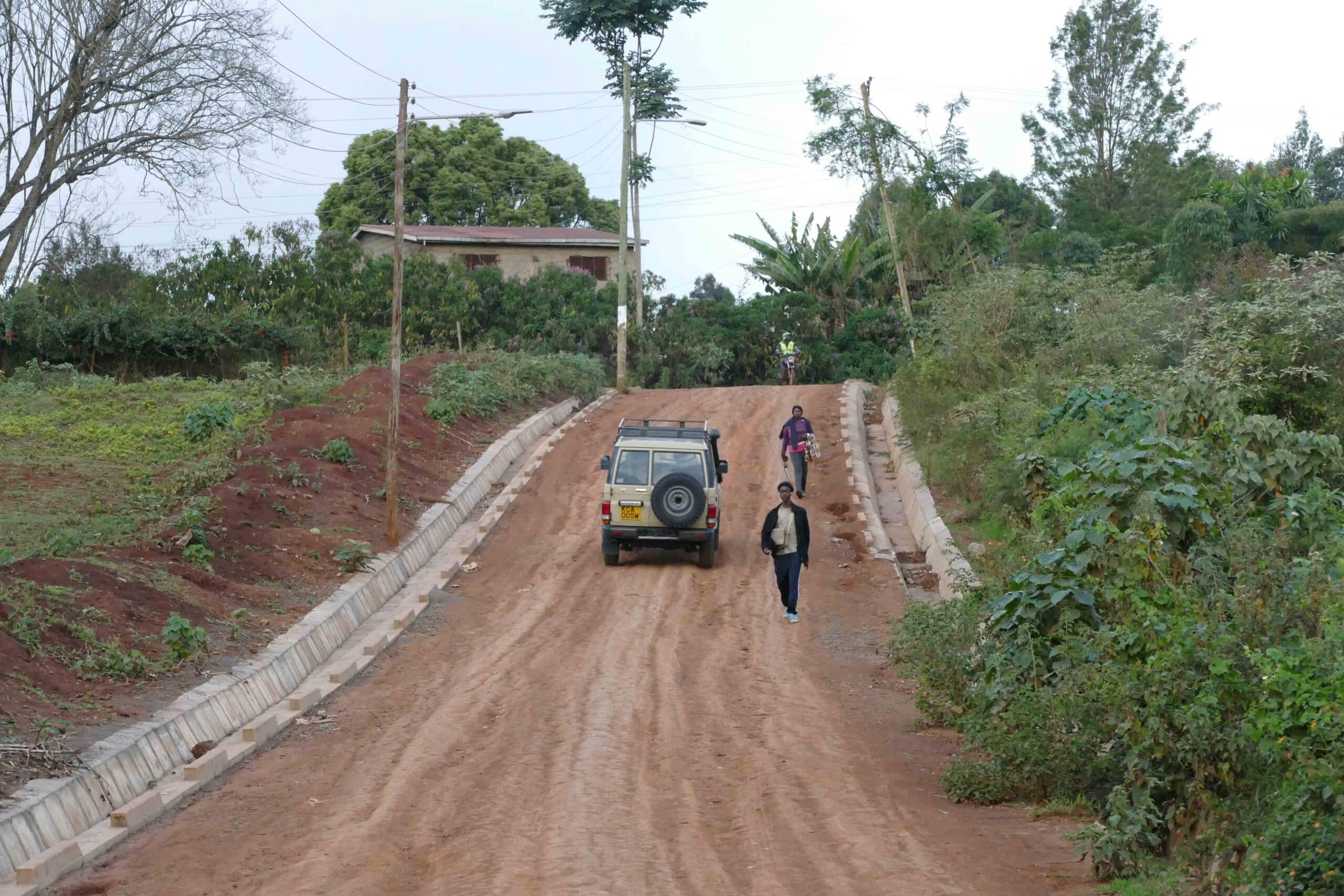Parthenium hysterophorus L. (Asteraceae) is an invasive alien weed with detrimental effects on agricultural production, biodiversity, human and animal health, threatening rural livelihoods in Asia and Africa. The problem emerged recently in the Kenyan Rift Valley, where it began to affect the landholdings of both agro-pastoralists and crop farmers. These vulnerable smallholders depend heavily on natural resources for their livelihoods. In this study, we assessed the severity of parthenium invasion and farmers’ management responses using a sample of 530 agro-pastoralists in Baringo County, Kenya, in 2019. We hypothesize that the implementation of existing management strategies depends on the state of parthenium invasion and household socio-economic characteristics.
The prevalence and severity of parthenium invasion differed greatly among field plots. To control weeds, farmers resort to either hand weeding, the use of synthetic herbicides, or intensive tillage, sometimes in combination with mulching. A multivariate probit regression model shows that households’ characteristics determine the type of control strategies used as well as their complementarity and substitutability. Hand weeding is the most common option, adopted by almost 40% of farmers. The use of agrochemicals or soil-based control strategies appears to be related to knowledge and information characteristics such as access to extension services, membership in organizations, and the educational level of household heads. While hand weeding and the use of synthetic herbicides depict significant substitutability, the latter strategy is limited to a few larger farms with market-oriented production. As parthenium invasion continues, policies need to improve farmer awareness and access to knowledge to enable pro-poor and environmentally sustainable control of parthenium on smallholder farms.
Tabe-Ojong, MP, Alvarez, M, Ihli, H, Becker, M, & Heckelei, T 2021, ‘Action on Invasive Species: Control Strategies of Parthenium hysterophorus L. on Smallholder Farms in Kenya’, Environmental Management, DOI.






